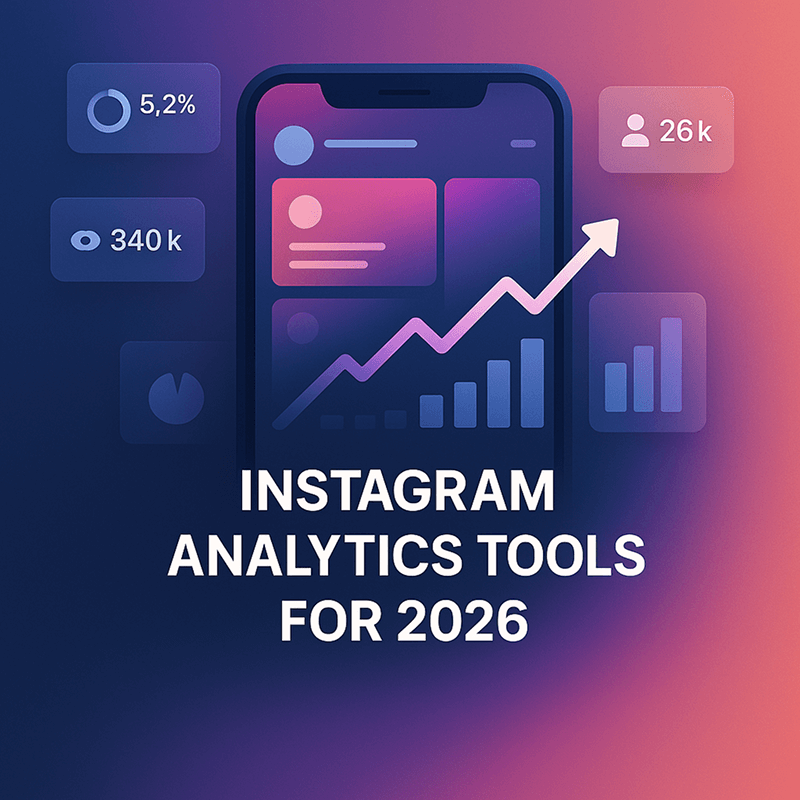Effective and Engaging E-Learning Strategy for Corporate Education
Optimize e-Learning with data-driven guidelines: attention, relevance, confidence, and satisfaction. Engage learners and enhance outcomes effectively.

Integrate your CRM with other tools
Lorem ipsum dolor sit amet, consectetur adipiscing elit lobortis arcu enim urna adipiscing praesent velit viverra sit semper lorem eu cursus vel hendrerit elementum morbi curabitur etiam nibh justo, lorem aliquet donec sed sit mi dignissim at ante massa mattis.
- Neque sodales ut etiam sit amet nisl purus non tellus orci ac auctor
- Adipiscing elit ut aliquam purus sit amet viverra suspendisse potenti
- Mauris commodo quis imperdiet massa tincidunt nunc pulvinar
- Adipiscing elit ut aliquam purus sit amet viverra suspendisse potenti
How to connect your integrations to your CRM platform?
Vitae congue eu consequat ac felis placerat vestibulum lectus mauris ultrices cursus sit amet dictum sit amet justo donec enim diam porttitor lacus luctus accumsan tortor posuere praesent tristique magna sit amet purus gravida quis blandit turpis.

Techbit is the next-gen CRM platform designed for modern sales teams
At risus viverra adipiscing at in tellus integer feugiat nisl pretium fusce id velit ut tortor sagittis orci a scelerisque purus semper eget at lectus urna duis convallis. porta nibh venenatis cras sed felis eget neque laoreet suspendisse interdum consectetur libero id faucibus nisl donec pretium vulputate sapien nec sagittis aliquam nunc lobortis mattis aliquam faucibus purus in.
- Neque sodales ut etiam sit amet nisl purus non tellus orci ac auctor
- Adipiscing elit ut aliquam purus sit amet viverra suspendisse potenti venenatis
- Mauris commodo quis imperdiet massa at in tincidunt nunc pulvinar
- Adipiscing elit ut aliquam purus sit amet viverra suspendisse potenti consectetur
Why using the right CRM can make your team close more sales?
Nisi quis eleifend quam adipiscing vitae aliquet bibendum enim facilisis gravida neque. Velit euismod in pellentesque massa placerat volutpat lacus laoreet non curabitur gravida odio aenean sed adipiscing diam donec adipiscing tristique risus. amet est placerat.
“Nisi quis eleifend quam adipiscing vitae aliquet bibendum enim facilisis gravida neque velit euismod in pellentesque massa placerat.”
What other features would you like to see in our product?
Eget lorem dolor sed viverra ipsum nunc aliquet bibendum felis donec et odio pellentesque diam volutpat commodo sed egestas aliquam sem fringilla ut morbi tincidunt augue interdum velit euismod eu tincidunt tortor aliquam nulla facilisi aenean sed adipiscing diam donec adipiscing ut lectus arcu bibendum at varius vel pharetra nibh venenatis cras sed felis eget.
Enhancing e-Learning Engagement: Unveiling the Power of the ARCS Model and Analytics for Dynamic Course Design
Are you faced with challenges when designing e-Learning courses as a corporate educator? It can be quite difficult, especially when you lack face-to-face interaction with learners. So, how can you ensure that your learners stay motivated and have an enhanced learning experience? In this article, we will explore some guidelines backed by analytics and data that will help you create dynamic and interactive courses for your e-Learning segments. These guidelines are based on the renowned ARCS model, which focuses on motivation theories and provides valuable insights for designing effective e-Learning courses.
The ARCS model, introduced by psychologist John Keller in 1987, stands for Attention, Relevance, Confidence, and Satisfaction. By incorporating these elements into your courses, you can capture learners' attention, make the content meaningful, boost their confidence, and provide a sense of satisfaction. Let's delve into each element and discover how you can apply them while incorporating analytics and data to optimize the learning experience.

1. Attention: The average attention span of humans is approximately 10 minutes. To grab and maintain learners' attention, aim to create course content within this timeframe and ensure that it is concise and to the point. Incorporating multimedia elements, such as animations, images, emotional photographs, audio, and short video clips, can instantly captivate learners. Real-life examples are also effective in facilitating better understanding, especially for complex topics. Another engaging approach is to structure your e-Learning course as a narrative, telling a story that aligns with the content. Additionally, incorporating quizzes and assessments throughout the course adds an interactive element and helps sustain attention.
2. Relevance: It is crucial to communicate the importance of your e-Learning course to learners from the beginning. The content you create should be highly relevant and meaningful to their needs. To achieve this, take the time to understand their requirements and preferences. Avoid providing information that is mundane or monotonous, as it adds little value to the learning experience. Instead, focus on knowledge and skills that directly contribute to learners' goals. By analyzing learner data and conducting surveys, you can gain insights into their specific needs and tailor the content accordingly.
3. Confidence: Learners' confidence levels greatly impact their motivation. To maintain their motivation, provide them with an estimated completion time for each session. A well-organized and structured e-Learning course instills confidence and motivation. By offering a clear overview of the course structure and objectives, learners will feel more assured about their progress. Ensure that your course follows a structured format, including introduction, body, and conclusion sections. Leveraging learning analytics allows you to track learners' progress, provide personalized feedback, and further enhance their confidence levels.
4. Satisfaction: Rewarding learners for their efforts can significantly increase satisfaction levels. Consider recognizing their achievements with certificates of completion or appreciation from superiors. Implementing gamification elements, such as leaderboards or badges, can also enhance satisfaction and foster healthy competition among learners. By utilizing data analytics, you can identify areas where learners excel and areas that require improvement, enabling you to offer tailored feedback and additional resources to promote satisfaction.
E-Learning is a powerful and effective method of reaching a larger audience. It not only increases learners' motivation but also encourages them to enjoy the knowledge provided by the courses. However, maintaining interactivity is an ongoing process and a crucial element in creating successful e-Learning experiences. By incorporating these guidelines, informed by analytics and the ARCS model, you can create engaging and impactful corporate e-Learning courses that optimize motivation, attention, relevance, confidence, and satisfaction. Embrace the potential of data analytics to continuously enhance your e-Learning strategies and achieve outstanding learning outcomes.
There are several types of interactive eLearning videos that can enhance the learning experience. Here are a few examples:
- Quizzes and Assessments: These interactive videos include embedded quizzes or assessments that test the viewer's knowledge or understanding of the content. Learners can pause the video, answer the questions, and receive immediate feedback on their responses.
- Branching Scenarios: In branching scenario videos, learners are presented with different choices or scenarios and their decisions determine the path the video takes. It allows learners to explore different outcomes and consequences based on their choices, making the learning experience more engaging and immersive.
- Gamified Videos: Gamified eLearning videos incorporate game elements such as challenges, rewards, and levels into the learning experience. Learners earn points, badges, or unlock new content as they progress through the video, making the learning process more enjoyable and motivating.
- Hotspots and Interactive Elements: Interactive eLearning videos can have clickable hotspots or interactive elements within the video interface. Learners can click on specific parts of the video to access additional information, pop-up windows, or related resources, providing a deeper level of engagement and exploration.
These are just a few examples of the types of interactive eLearning videos available. The choice of interactive elements depends on the learning objectives, the subject matter, and the target audience. The goal is to create an engaging and immersive learning experience that promotes active participation and knowledge retention.
How to make interactive videos quickly and easily using AI
You can achieve all the interactive eLearning video experiences mentioned above using the powerful tool called Clixie.ai. With its robust features, Clixie.ai enables the creation of engaging and immersive learning content. Its platform allows you to embed quizzes and assessments directly into your videos, providing real-time feedback to learners. Branching scenarios become effortless, as Clixie.ai offers a user-friendly interface to build interactive decision-making paths. Additionally, its simulation capabilities bring virtual labs to life, enabling learners to perform tasks and observe outcomes. With clickable hotspots and interactive elements, Clixie.ai lets you enhance videos with additional resources and information. The tool even supports collaborative videos, fostering learner interaction and knowledge sharing. To make the learning experience more fun, Clixie.ai incorporates gamification elements such as rewards and levels. Lastly, its interactive whiteboard feature allows learners to engage directly with the content. Clixie.ai is an invaluable resource for creating interactive eLearning videos that captivate learners and promote active participation in the learning process.


.png)


.png)


